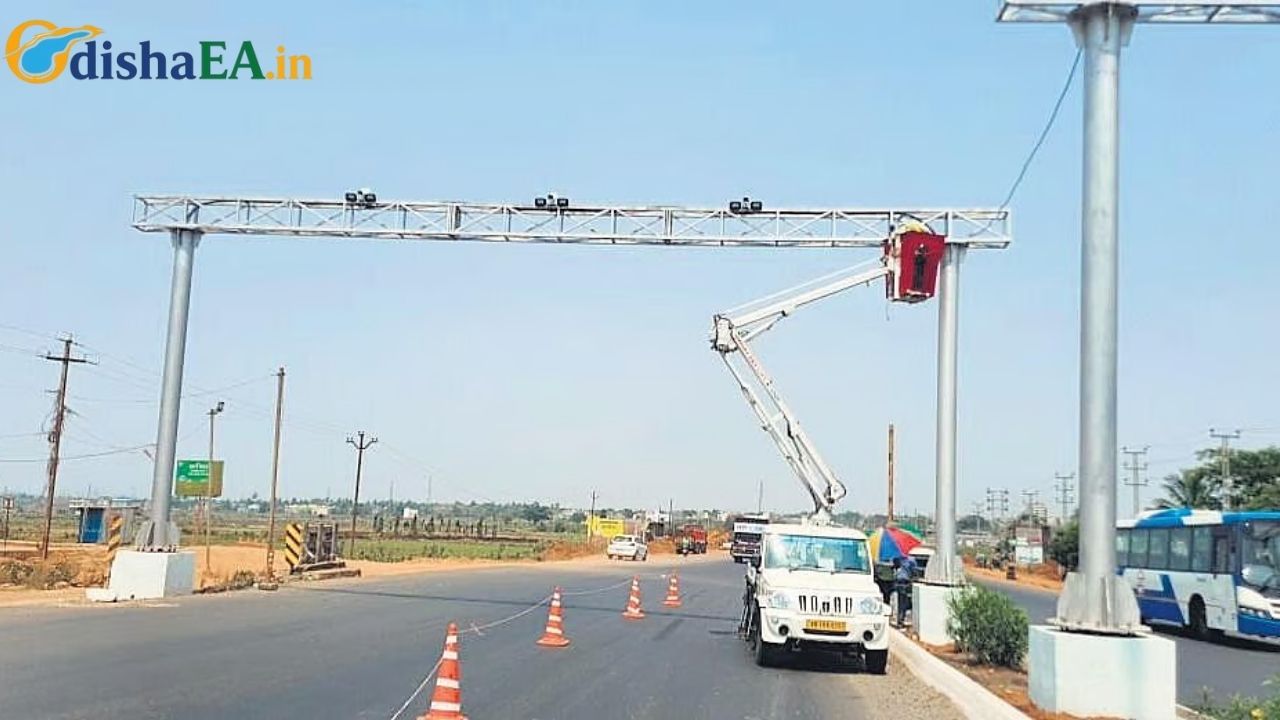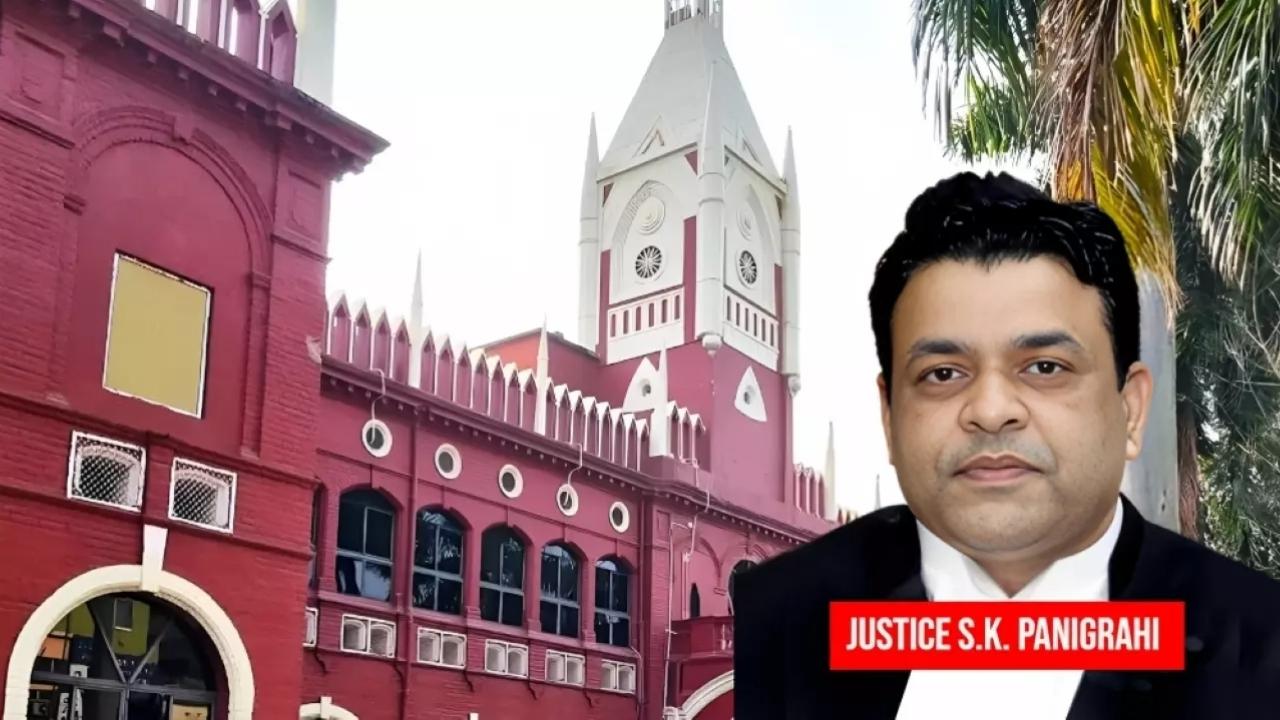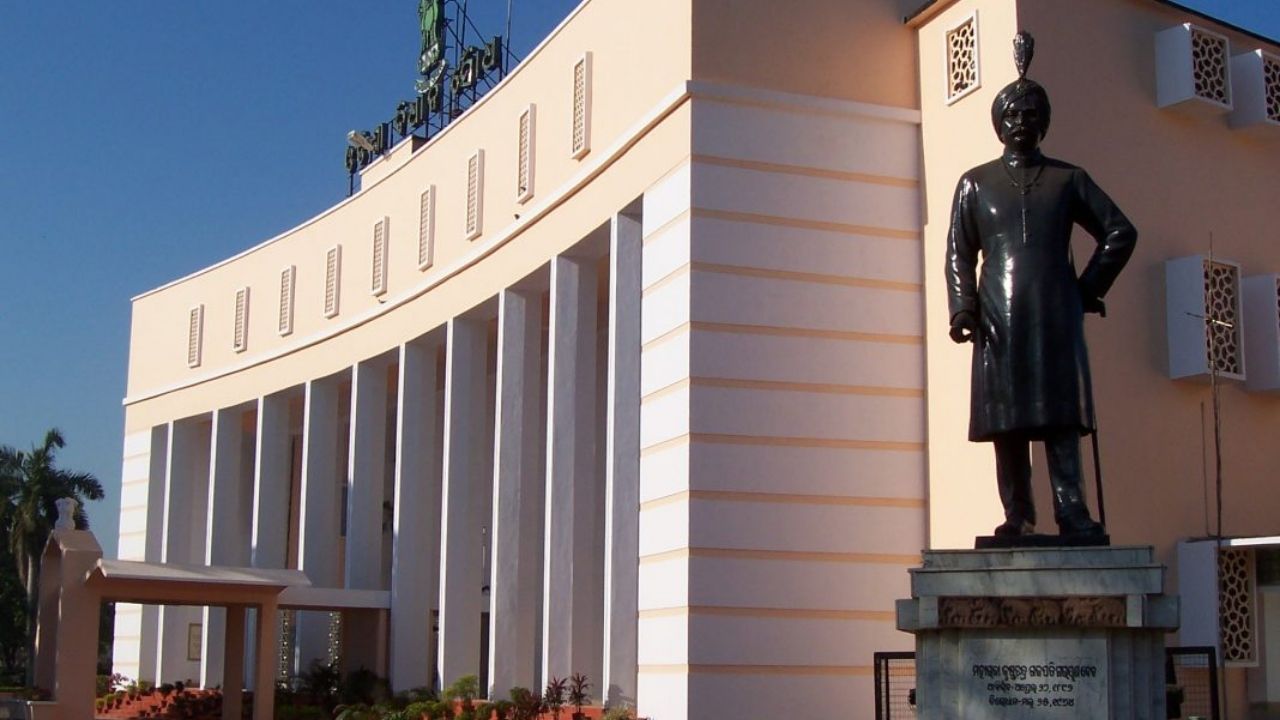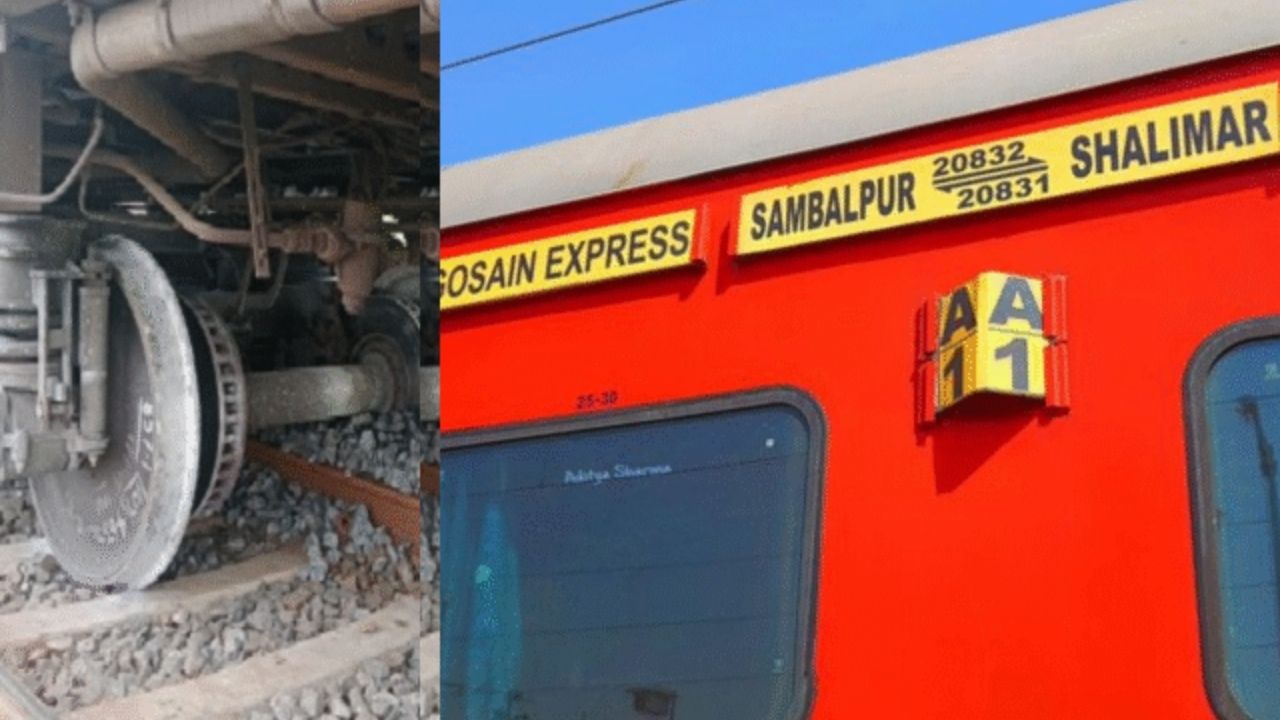When we talk about traffic jams, chaos, and the daily grind of commuting, it doesn’t just happen in New York, L.A., or Chicago. It’s a global problem. And right now, Cuttack, a bustling city in Odisha, India, is facing one of its biggest urban challenges: traffic management. The city’s roadways are clogged, accidents are frequent, and enforcement is stretched thin.
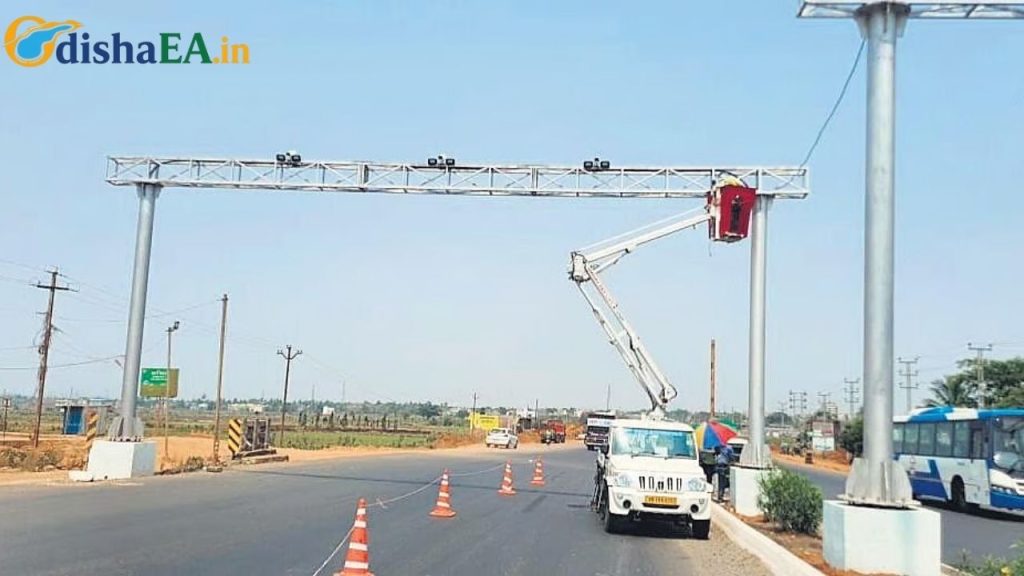
But here’s the kicker—a solution might be right around the corner. If the government greenlights the Cuttack Development Authority’s (CDA) urgent plea to install a network of CCTV cameras and traffic signals, the chaos could finally start to calm down. And trust me, this isn’t just about smoother commutes. It’s about saving lives, boosting productivity, and laying down infrastructure that screams “21st-century city.”
Traffic Chaos in Cuttack Could End
| Point | Details |
|---|---|
| Project Proposal | CDA has requested funding for 107 CCTV cameras and 30 traffic signals at critical locations. |
| Initial Allocation | ₹26.86 crore already sanctioned, installation has begun at 10 sites. |
| Fresh Request | An additional 84 CCTV locations, raising the total budget to ₹53.73 crore. |
| Court Involvement | The Orissa High Court directed the government to respond to CDA’s July 23 financial plea. Next hearing: September 18, 2025. |
| Impact | Improved traffic flow, stronger law enforcement, accident reduction, and safer commuting. |
| Reference | Orissa High Court Notice |
The traffic chaos in Cuttack could end—if the government approves CDA’s urgent CCTV network plea. This is more than just a tech upgrade; it’s a lifeline for safer roads, smoother commutes, and a modern city identity. With the Orissa High Court stepping in, the pressure is on the state government to act fast.
As we’ve seen in cities like New York and Singapore, surveillance-driven traffic management isn’t a luxury—it’s a necessity. The question now is simple: will Odisha step up to the plate before the next gridlock turns tragic?
Why Traffic Chaos in Cuttack Matters
If you’ve ever been stuck in traffic for an hour when you could’ve been home chilling with your family or catching Monday Night Football, you know how frustrating it can be. In Cuttack, this frustration is daily life.
- Population boom: The city is growing fast, with over half a million people. More cars, more bikes, and not enough space.
- Poor enforcement: Without tech like cameras, traffic cops can’t monitor every corner.
- Accidents: According to India’s National Crime Records Bureau, over 150,000 people die in road accidents in India each year (NCRB). Cities like Cuttack contribute heavily to those numbers.
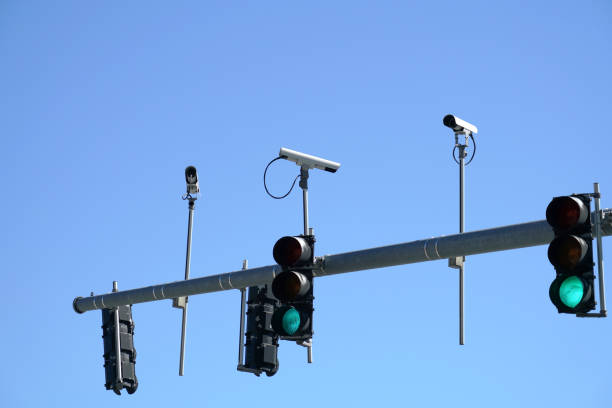
This is why CDA’s move to push for digital traffic enforcement through CCTV and smart signals is such a game-changer.
Breaking It Down: What the CDA Wants
Step 1: The Basics
The CDA already has ₹26.86 crore in hand, which they’ve started using to install cameras and traffic lights at 10 major junctions. Think of this as a pilot project.
Step 2: Expansion
After realizing how bad the traffic mess is, they’ve asked for more: 84 new CCTV locations. That doubles the budget to a massive ₹53.73 crore.
Step 3: Court’s Role
Here’s where it gets spicy. The Orissa High Court basically told the state government, “Yo, don’t ignore this. Respond to CDA’s request and get this moving.” The next hearing is on September 18, 2025—a deadline that could shape the future of Cuttack’s roads.
What This Means for Everyday People
Imagine this:
- Smooth Commutes: No more honking symphonies or 45-minute waits at intersections.
- Less Road Rage: If you’re from the States, think of it like turning a chaotic downtown intersection into something more like Times Square’s camera-controlled system.
- Safety First: Kids crossing the street or bikers weaving through traffic will finally have an extra layer of protection.
Practical Example
Think about New York City. Once traffic cameras started popping up, not only did people slow down, but fines funded road safety improvements. That’s a win-win. Cuttack can follow a similar path.
The Dollars and Sense of It
Money talks, right? Here’s the deal:
- ₹53.73 crore may sound huge, but when you break it down over years of use, the cost per citizen is tiny compared to the benefits.
- Road accidents alone cost India nearly $15 billion annually in productivity losses and medical expenses (World Bank Report).
So really, this project isn’t an expense—it’s an investment in human lives and urban efficiency.
Global Comparisons: How Other Cities Solved Chaos
- Los Angeles, USA: Famous for its traffic, but advanced surveillance and smart signals are helping unclog freeways.
- Singapore: Known as a “smart city,” it uses AI-powered traffic cameras and sensors that adjust signals in real time.
- Delhi, India: After installing 1,500 cameras, violations dropped significantly, and law enforcement gained credibility.
Cuttack doesn’t need to reinvent the wheel. It just needs to adapt proven strategies.
Inside Odisha’s Farming Revolution: The Push for Mixed Cropping Gains Momentum
CM Majhi’s Warm Nuakhai Wishes Strike a Chord: Internet Flooded with Praise
Ex-Odisha Finance Minister Breaks Silence: Urges CM Majhi to Revive Abandoned Jajpur Steel Plant
FAQs
Q1. Why is Cuttack struggling with traffic management?
Because of rapid urbanization, too many vehicles, and outdated traffic systems.
Q2. How will CCTV cameras help?
They’ll monitor real-time traffic, catch violations, and help reroute vehicles when jams build up.
Q3. Is the project expensive?
Yes, but the long-term benefits—lives saved, fuel saved, productivity boosted—far outweigh the costs.
Q4. Who decides if this gets approved?
The Odisha state government, under pressure from the Orissa High Court, must respond to CDA’s request.
Q5. What’s the timeline?
Initial work has begun, but full rollout depends on approval. The court has set September 18, 2025, as a key milestone.
Practical Advice for Locals
While waiting for the project to roll out, drivers and commuters in Cuttack can:
- Follow traffic rules strictly—don’t wait for cameras to keep you accountable.
- Plan travel times—avoid peak congestion hours whenever possible.
- Use ride-sharing or public transport—less traffic, less stress.
- Support civic initiatives—voice support for the project through local forums and media.

